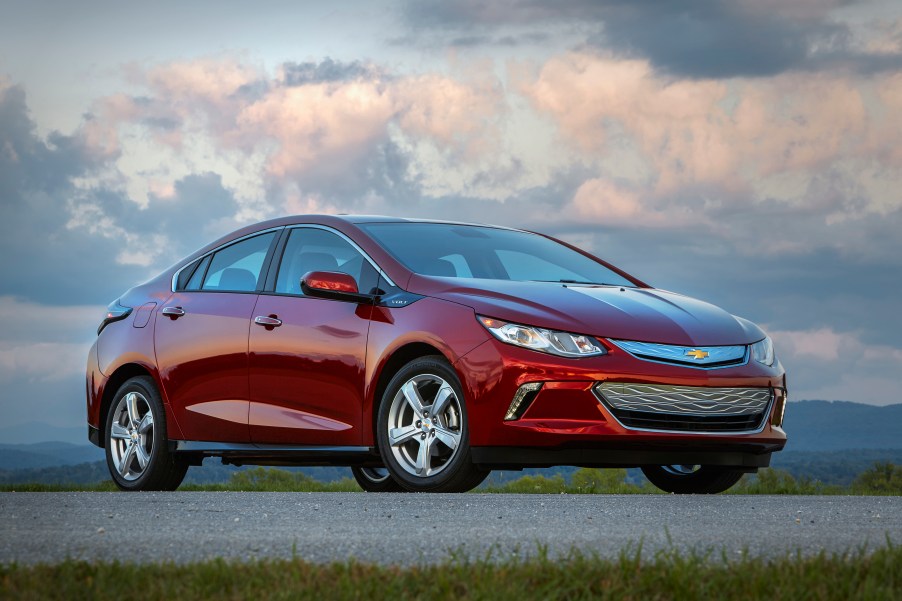
Fuel-Saver Flashback: 2011–2019 Chevrolet Volt
The Chevrolet Volt debuted at an interesting time in automotive history. The country was going into a recession and automakers, including GM, were declaring bankruptcy, but the Volt outlived it all and went on to be produced up until 2019. Let’s take a look back at the Chevrolet Volt and see why it was a pioneer, of sorts, for the electric cars today and in the future.
History
The Chevrolet Volt went into production during a time when the Prius reigned supreme and an interesting company named Tesla was just getting started in California. It initially debuted at the 2007 Detroit Auto Show and garnered much attention due to its unique hybrid powertrain concept. It took almost four years for the car to finally get off the ground and the long-awaited release happened for the 2011 model year.
Aside from its futuristic look, what set the Volt apart was its interesting battery setup and powertrain. The Volt utilized a hybrid gas/electric powertrain in which the gasoline engine would act as a generator once the all-electric power was depleted. Essentially, it was an electric car with limited range, but with the added benefit of a range extender when the range ran out.
It worked well, but the added pressure from Toyota didn’t end as they released the all-new Prius Plug-in in 2012. General Motors answered back by redesigning the Volt in 2015 for the 2016 model year.
With updated styling, better range, and powertrain updates, Chevy hoped that the Volt would show more promising sales figures for the years to come. It didn’t. Sales ended up slowing down to fewer than 20,000 units per year, which wasn’t enough to justify its manufacturing cost. So after the 2019 model year, it was discontinued.
Body
The Chevy Volt’s exterior design was based around both aerodynamics and the battery pack. The lithium-ion battery they used was in the shape of a large T, which ran underneath the length of the car. This cutoff the middle portion of the interior, along with the center console, which meant the rear-seat area was only able to accommodate two passengers instead of the traditional three.
On the outside, the smoothed-out front fascia incorporated a closed-off grille and steeply raked windshield in order to get the most wind-cheating design. It worked, as the Volt was the most aerodynamic car that GM ever designed. For the redesign, the exterior elements were smoothed out and updated to look a little more modern, and the interior touch-sensitive buttons were replaced with actual buttons and a larger touch screen.

Powertrain
The first-generation Chevy Volt was powered by an electric motor that produced 149 horsepower and 273 lb-ft of torque and was supplied power via a 16-kWh lithium-ion battery pack and a 1.4-liter, 84-hp gasoline engine. The setup provided an all-electric range of around 35 miles, after which the generator kicked in to provide about 344 more miles of driving range.
For the redesign, the gasoline engine was increased to 1.5 liters and the battery was increased to 18.4 kWh. This led to a bump in all-electric range (now 53 miles) as well as a bump in overall fuel economy (42 mpg combined vs. 37 mpg).

Is it worth it to buy one now?
When Chevy Volt was first sold, it retailed for around $40,000 minus the available tax credits, which is somewhere around $32,000. The price stayed about the same for the rest of its production cycle, even though it was refreshed.
In the current used-car market, first-generation Volts are listed anywhere from $5,000 – $10,000, while the newer ones are going from $12,000 up to $20,000. This might seem like a good proposition considering the car’s tech-savvy features and gas mileage ranger, however, we would actually advise a used Prius over a Volt. But if you really want a Volt, then get one that’s as new as possible.



